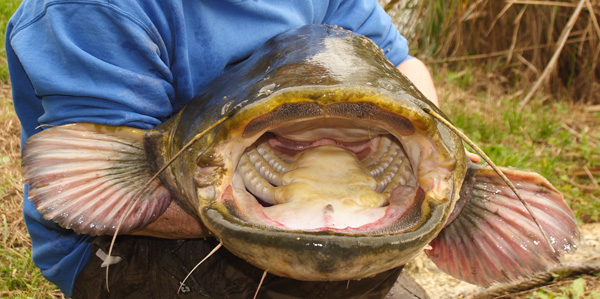According to recent reports Japanese researchers think the answer to earthquake prediction may lie not so much with an understanding of plate tectonics and seismology but with an analysis of fish behaviour.
In Japanese mythology the ‘Namazu’ is a giant catfish which lives in the mud under the islands of Japan and it is guarded by the god Kashima who restrains him, but when Kashima occasionally lets his guard down Namazu thrashes his tail causing violent earthquakes.
Myth or not Japanese scientists, headed by Naoki Yada, a professor at the Kanagawa Institute of Technology, are sending out ‘catfish kits’ to schools to test the theory that animals may offer an insight into imminent seismic activity.

In the trial experiments tanks of catfish are monitored by infra red sensors to detect heightened activity and the data used in conjunction with seismic measurement to determine if there is indeed a correlation between the two. According to Professor Yada’s results to date high levels of catfish activity have corresponded with increased seismic activity some 70% of the time.










